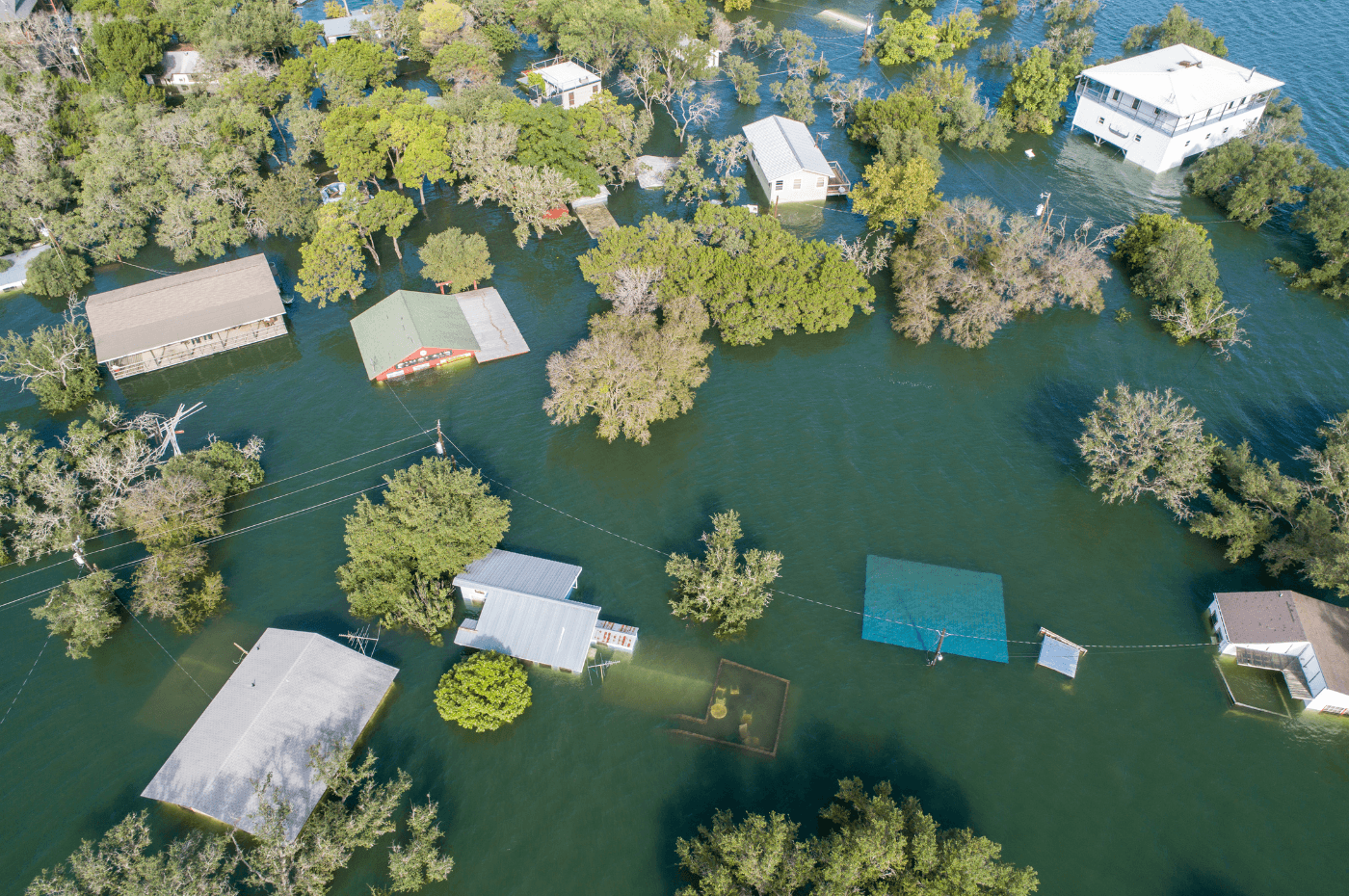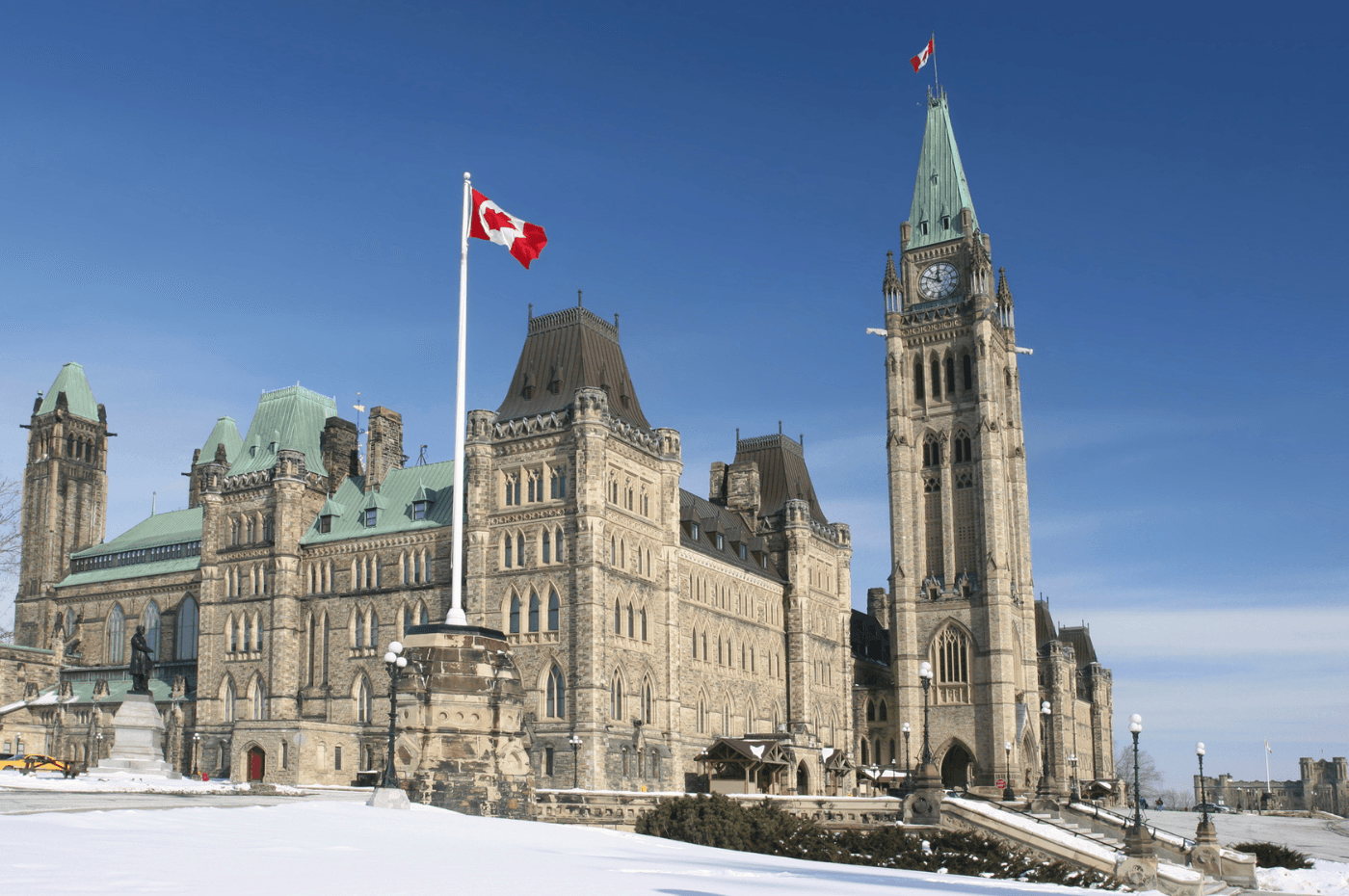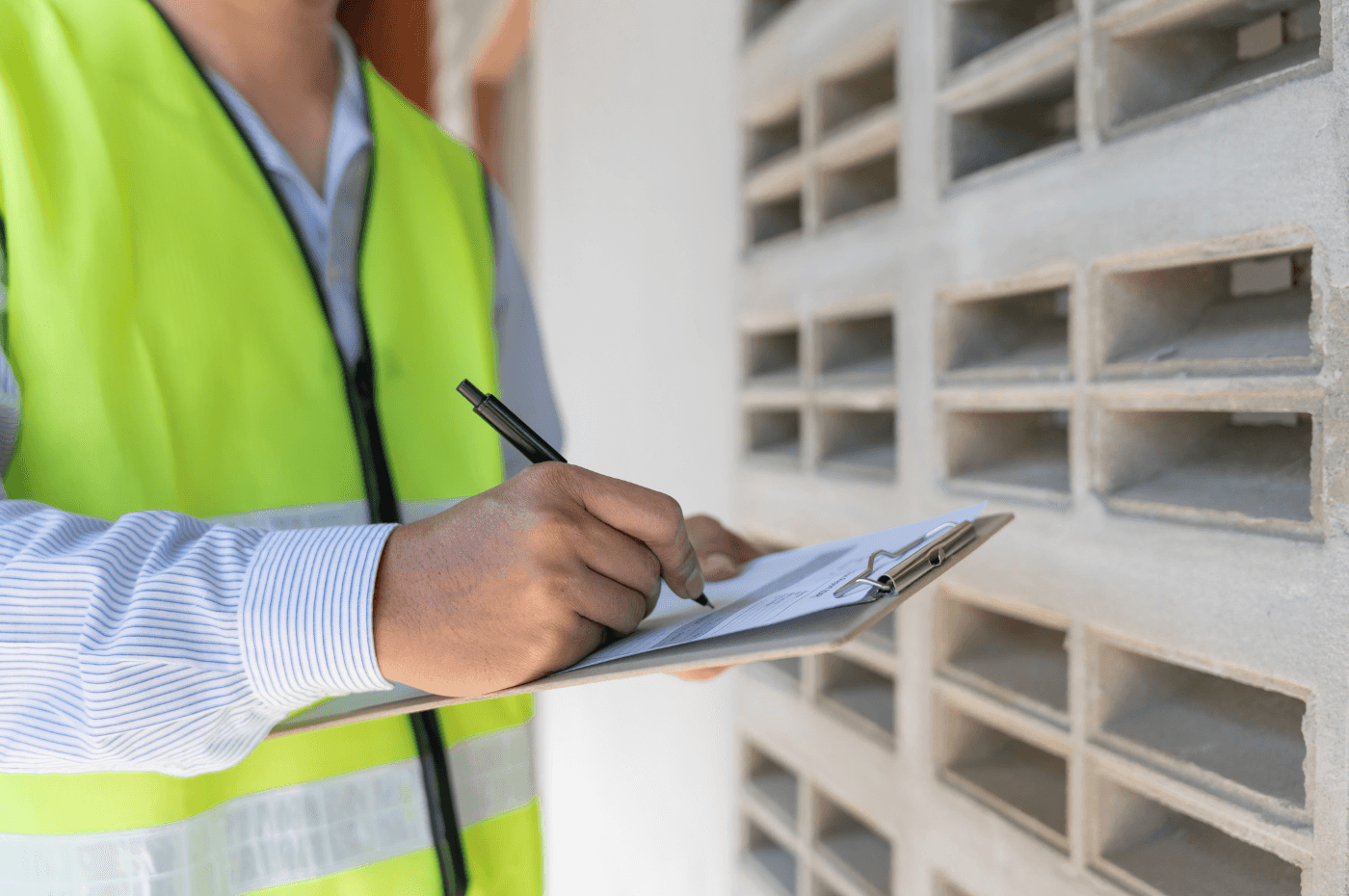Flood-prone areas pose significant safety concerns for residents of Quebec. In response to the growing challenges associated with flooding, the Quebec government has launched a project aimed at modernizing the regulatory framework for these areas.
This article will explore the new system for designating flooded-prone regions and analyze the implications of the recent cartographic revisions for property owners.
Flood-prone areas: what does it mean?
Flood-prone areas are defined geographical zones that are at risk of flooding, primarily due to rising water levels in rivers or lakes. This risk is heightened during rainfall or the spring thaw. Such conditions can pose serious threats to properties located within these zones.
Transitional regime: modernizing the regulatory framework for flood-prone areas
The Ministère de l’Environnement, de la Lutte contre les changements climatiques, de la Faune et des Parcs (Ministry of the Environment, the Fight Against Climate Change, Wildlife, and Parks) is introducing a project to modernize the regulatory framework in water environments.
This effort is part of the Régime transitoire de gestion des zones inondables, des rives et du littoral (transitional management regime for flood-prone areas, shorelines, and coastal zones).
The initiative seeks to ensure the safety of Quebec’s residents, protect their living environments, and preserve ecosystems. The ministry believes that effective land use planning and risk management strategies can significantly mitigate the adverse impacts of flooding.
As part of this modernization project, which is potentially scheduled for official adoption in spring of 2025, the ministry is proposing several measures, including:
- Introduction of 3 new regulations.
- Modification of 4 existing regulations.
- Adjustment of 33 current regulations.
- Establishment of a new system for designating flood-prone areas.
- Update of the flood-prone areas mapping for Quebec.
In this article, we will focus specifically on the last two points.
1. New system for designating flood-prone areas
Previously, flood-prone areas were classified into two main categories based on flooding frequency:
- 0-20 years: high-risk area (strong current) with a 5% annual chance of flooding.
- 20-100 years: low-risk area (weak current) with a 1% annual chance of flooding.
With the recent update, these areas are now classified by risk levels using a colour-coded system. The four new categories are:
- Yellow: low risk
- Orange: moderate risk
- Red: high risk
- Dark red: very high risk
This updated approach takes into account both the frequency of flooding and the water depth, allowing for a more precise assessment of actual risks. It provides a clearer understanding of not only how often floods may happen but also their potential severity.
2. The new mapping of flood-prone areas: alarming impacts for property owners
Most flood-prone area maps had not been updated since 2016. In light of recent floods and significant climate changes in Quebec, revising this mapping was crucial. The newly released preliminary maps indicate that the number of flood-prone areas in Montréal has doubles.
It’s important to clarify that this updated map doesn’t create new flood-prone areas; rather, it identifies existing ones based on the latest scientific data. Unfortunately, many property owners are now facing the reality that their properties are located in vulnerable zones.
What are the implications for property owners who suddenly find themselves classified in a high-risk area?
Limitations on permitted uses
The new maps of flood-prone areas will greatly influence urban and municipal planning by defining what uses are permitted or prohibited in vulnerable sectors.
It’s important to note that flood-prone areas are already subject to various regulations and restrictions. However, the updated mapping has significantly increased the number of properties affected.
As part of the modernization project, the government may propose a new regulation that could impose strict limitations on the reconstruction and renovation of homes in high-risk areas. While this regulation has not yet been formally introduced, a stricter framework regarding permitted land used in flood-prone areas could have substantial implications for property owners.
Difficulty in obtaining flood insurance protection
To ensure coverage in the event of flooding, homeowners typically need to purchase additional protection for their insurance policies, something many owners may not realize. With the updates flood-prone area map and the significant increase in designated zones, securing adequate coverage has become even more critical.
Unfortunately, obtaining this protection can be challenging, if not impossible. While properties in high-risk areas may still be insurable against other risks, owners often encounter difficulties when trying to add a flood endorsement to their policies.
Even if they succeed in obtaining this endorsement, they may face prohibitively high premiums due to the elevated risks associated with their properties.
Difficulty in obtaining a mortgage
For several years, securing a mortgage for purchasing a home in a high-risk flood zone has been increasingly challenging. Since February 2024, Desjardins, one of the few financial institutions that previously offered mortgages for such properties, has decided to stop providing this option.
While it is still technically possible, though quite rare, to obtain a mortgage for these homes from a few financial institutions, buyers typically need provide a down payment of at least 35%. Additionally, each application is evaluated on a case-by-case basis, meaning approval is not guaranteed.
As a result, homeowners are finding it increasingly difficult to attract buyers who not only wish to purchase a home in high-risk zones but can also secure financing to do so.
Reduction in home values
The Quebec government estimates that the new categorization of flood-prone areas will lead to an approximate 4% reduction in property values for homes situated in these zones.
However, the negative impact have already been felt by homeowners for several years. Increasing difficulties in obtaining mortgages and the high cost of insurance for properties in these areas have resulted in declining property prices, with homes remaining on the market for extended periods. This situation puts homeowners in precarious position, affecting both the value of their properties and their ability to sell their homes.
Where to find the interactive map of flood-prone areas?
While awaiting for the release of the new offical map, which could potentially take effect in the fall of 2025, you can access the current interactive flood zones map on the Géo-Inondations website.
How to determine if your property is in a flood-prone area?
If you’re wondering whether your property is located in a flood-prone area, here are some steps you can take:
- Consult the interactive map: use the Géo-Inondations mapping application to view flood-prone areas. Simply enter your address, postal code, or municipality name for visualization.
- Contact your municipality: reach out to your municipality for information about area classification and associated risk levels.
- Check your certificate of location: this document indicates whether your property is located in a flood-prone area. Ensure it’s up to date.
- Review your insurance policy: some insurance companies provide details about flood risks within your policy documentation.
- Consult an expert: if you have any doubts, a land surveyor can help you determine whether your property is in a flood-prone area.
You would like to know if your property is located in a flood zone?
XpertSource.com can help you find a land surveyor. When you tell us about your project, we put you in touch with qualified resources for FREE. Simply fill out our form ( it only takes a few minutes ) and we will connect you with professionals.





